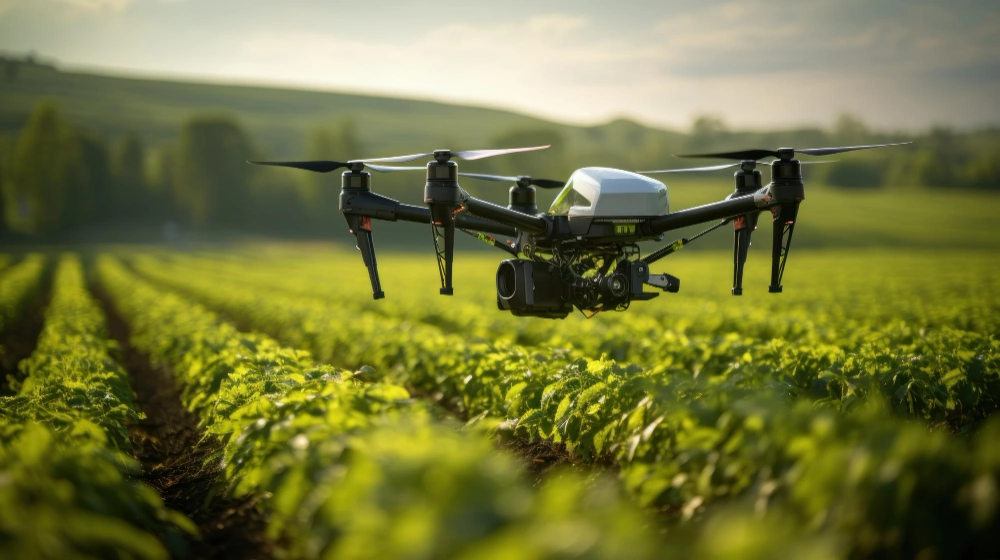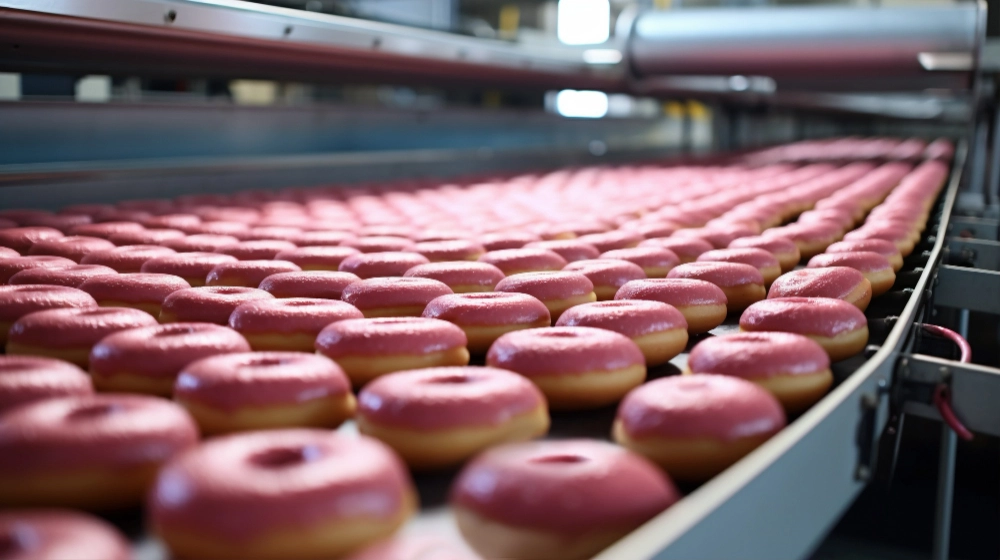The food system is one of the most important and complex systems in the world, as it affects the health, well-being, and livelihoods of billions of people, as well as the environment, the economy, and society. However, the food system faces many challenges, such as climate change, population growth, resource scarcity, food insecurity, malnutrition, and waste. According to the Food and Agriculture Organization, the food system is responsible for a significant share of global greenhouse gas emissions, water consumption, land use, and biodiversity loss.
To address these challenges, we need to transform the food system into a more sustainable one, that can provide enough nutritious and affordable food for everyone, while minimizing the negative impacts on the planet and the people. This is where artificial intelligence (AI) can play a vital role, as it can help improve the efficiency, productivity, and resilience of the food system, as well as reduce its environmental footprint and enhance its social benefits. AI can be applied to various aspects of the food system, such as agriculture, food processing, distribution, retail, and consumption. Here are some examples of how AI can help create a more sustainable food system:
Agriculture
Agriculture is the primary source of food production, as well as the largest user of land and water resources. AI can help farmers and agribusinesses optimize their crop management and animal husbandry, by using data and algorithms to monitor and analyze soil, weather, pests, diseases, and crop health. AI also help farmers and agribusinesses reduce their use of chemical inputs and resources, such as fertilizers, pesticides, water, and energy, by using precision agriculture techniques, such as drones, sensors, robots, and smart irrigation systems. It provides farmers and agribusinesses improve their crop diversity and resilience, by using genetic engineering and breeding techniques, such as CRISPR, to create new varieties of crops that are more resistant to stress, disease, and climate change.

Food processing
Food processing is the stage of the food system that involves transforming raw agricultural products into edible and marketable food products, such as bread, cheese, meat, and beverages. AI can help food processors improve their food quality and safety, by using data and algorithms to detect and prevent contamination, spoilage, and fraud. It can also help food processors improve their food innovation and customization, by using data and algorithms to create new recipes, flavors, textures, and nutritional profiles, that cater to the preferences and needs of different consumers. AI can assist food processors in improving their food waste reduction and valorization, by using data and algorithms to optimize their production processes, inventory management, and supply chains, as well as to convert their waste into valuable products, such as biogas, fertilizers, and animal feed.

Food distribution
Food distribution is the stage of the food system that involves transporting and storing food products from the producers to the consumers, through various intermediaries, such as wholesalers, retailers, and restaurants. AI can help food distributors improve their food accessibility and affordability, by using data and algorithms to match the supply and demand of food products, as well as to reduce the costs and risks of transportation and storage. Also can help food distributors improve their food traceability and transparency, by using data and algorithms to track and verify the origin, quality, and safety of food products, as well as to communicate and share information with the stakeholders and the consumers. AI can also help food distributors improve their food delivery and convenience, by using data and algorithms to offer online platforms, mobile applications, and smart devices, that enable the consumers to order, pay, and receive food products at their desired time and location.

Food consumption
Food consumption is the final stage of the food system that involves the choices and behaviours of the consumers, such as what, when, where, how, and why they eat. AI can help consumers improve their food awareness and education, by using data and algorithms to provide personalized and interactive content, such as nutrition labels, dietary guidelines, recipes, and tips, that inform and inspire the consumers about the health, environmental, and social impacts of their food choices. Consumers improve their food satisfaction and enjoyment, by using data and algorithms to provide personalized and interactive experiences, such as games, quizzes, challenges, and rewards, that motivate and engage the consumers to eat more healthily, sustainably, and ethically. AI can also help consumers improve their food waste reduction and donation, by using data and algorithms to provide personalized and interactive tools, such as smart fridges, food scanners, and apps, that help the consumers monitor and manage their food inventory, consumption, and disposal, as well as to donate their surplus food to those in need.

Conclusion
AI is a powerful and promising technology that can help create a more sustainable food system, by improving the efficiency, productivity, and resilience of the food system, as well as reducing its environmental footprint and enhancing its social benefits. However, AI also poses some challenges and risks, such as ethical, legal, and social issues, that need to be addressed and regulated, by involving the stakeholders and the consumers, as well as the policymakers and the regulators, in the development and deployment of AI solutions for the food system.
As a leading food service consultancy, HPG Consulting specializes in providing innovative and customized solutions for the food service industry. HPG Consulting can help you design, develop, and manage your food service projects, by using the latest technologies, enhance your customer satisfaction, and increase your profitability.